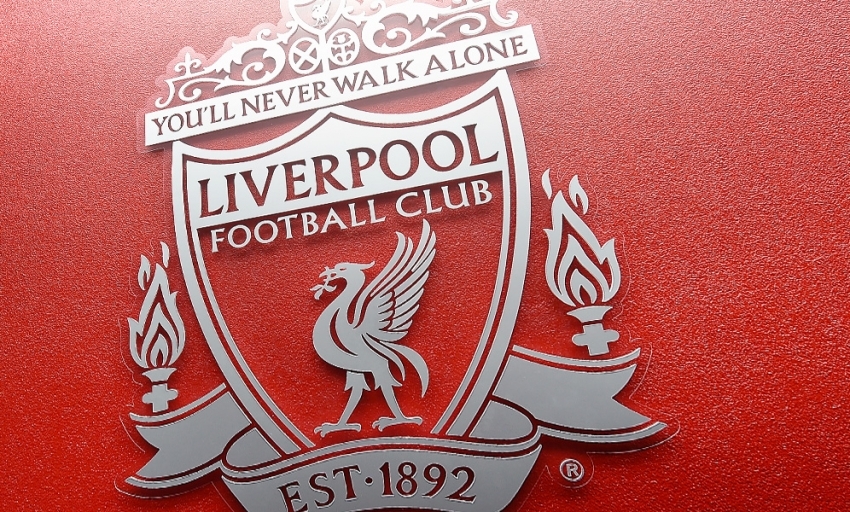Hillsborough inquests - July 10
The Hillsborough inquests commenced on March 31, 2014 and are the subject of reporting restrictions that have been imposed by the Attorney General's office. Liverpool Football Club is respectful of these restrictions and will therefore only be making available updates from other media channels for the duration of the inquest.

To view archive reports from each day of the inquest hearings, click here.
Courtesy of Press Association - July 10
A former police officer told of the "chaos" and lack of control as the Hillsborough disaster unfolded.
Arthur Davies, who saw a dead fan and helped resuscitate another after giving mouth-to-mouth, agreed that even as an ex-paratrooper before joining the police, what he saw on the day left him "shocked".
Mr Davies, attached to the riot squad of South Yorkshire Police, was on a mobile patrol when he was called to the stadium shortly after the FA Cup semi-final between Liverpool and Nottingham Forest kicked off on 15 April, 1989.
Pete Weatherby, representing families of the 96 Liverpool fans crushed to death on the Leppings Lane terraces, asked what he saw when he got to that end of the ground.
Mr Davies told the inquest: "Difficult to explain. All I saw was a crowd on the pitch. I just didn't know what to think."
Mr Weatherby said: "A scene of chaos?" to which Mr Davies replied: "Yes."
The lawyer continued: "Any obvious control?"
Mr Davies replied: "Not that I could see" and said the first fan he went to help was not breathing and he could do nothing, so he then moved to another injured fan.
He found a weak pulse and began giving mouth-to-mouth, decided he needed help so "grabbed a youth" who was in shock, and gave the youngster a quick demonstration of how to do chest compressions while he carried on giving the kiss of life.
Mr Weatherby said: "What was the outcome?" and Mr Davies replied: "He started breathing on his own."
Stephen Simblet, another lawyer representing victim's families, asked the witness: "You then felt, briefly, satisfied that you had been able to resuscitate somebody who had hitherto been left alone, unattended, potentially to die?"
Mr Davies replied: "Yes."
The officer put the injured man in the recovery position, then found two other fans, who were injured but breathing and also put them in the recovery position, then went to the stadium gym where 20 bodies were laid out.
Mr Davies agreed that the first time he was given any instructions about what to do was by an Inspector Calvert at the gym, and he was asked to search the bodies to identify the dead.
Mr Simblet continued: "By the time you went in the gym and there were 20 bodies there, in any of that period had you seen or been directed by any paramedic or ambulance people about the treatment or attention for the people in medical crisis on that pitch?"
Mr Davies replied: "No."
Paul Greaney QC, representing the Police Federation, put it to the witness, having served in the elite Parachute Regiment from 1967 to 1979, doing six tours of Northern Ireland, he would have seen some shocking things and had "very frightening experiences."
Mr Greaney continued: "What confronted you on 15th April 1989, shocked even you?"
Mr Davies replied: "That's correct, yes."
John Beggs QC, representing Chief Superintendent David Duckenfield, the match commander on the day, asked the witness about a statement he had made, saying he had a "memory" of being told that Liverpool fans, "had a history of turning up at games without match tickets and rushing the gates".
But Mr Davies said he could not remember who had told him that or how he came by the information.
Mr Davies' statement went on to say he saw fans carrying bottles or cans of alcohol but the mood was very "good natured" and he did not witness any problems.
Christina Lambert QC, counsel for the inquests, asked Mr Davies about the fans drinking, singing and chanting and Mr Davies described it as "nothing out of the ordinary".
Next witness David Essary, a Liverpool fan, contrasted his experiences going to the two semi-finals in 1988 and 1989 at Hillsborough, between the same teams on both occasions.
Mr Essary, now a serving police officer, said in 1989 he set off from Wigan with his brother, cousin and friends for the match and on arrival in Sheffield it was apparent the semi-final in 1988 was "far better organised" than the year of the disaster.
Mr Essary said in 1988 there was a "meet and greet" police cordon away from the ground, with officers asking fans if they had tickets and giving directions and a further police cordon closer to the ground.
He said cup games were like a "day out" for fans with a different atmosphere than going watching Liverpool at league games against the likes of Chelsea or Manchester United.
Mr Essary added: "You were treated like a second class citizen as a football fan in the 80s, you were almost treated like hooligans and that's how you'd be dealt with.
"Cup finals and semi-finals were different, they were more enjoyable occasions."
The hearing, in Warrington, was adjourned.



